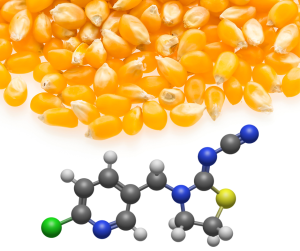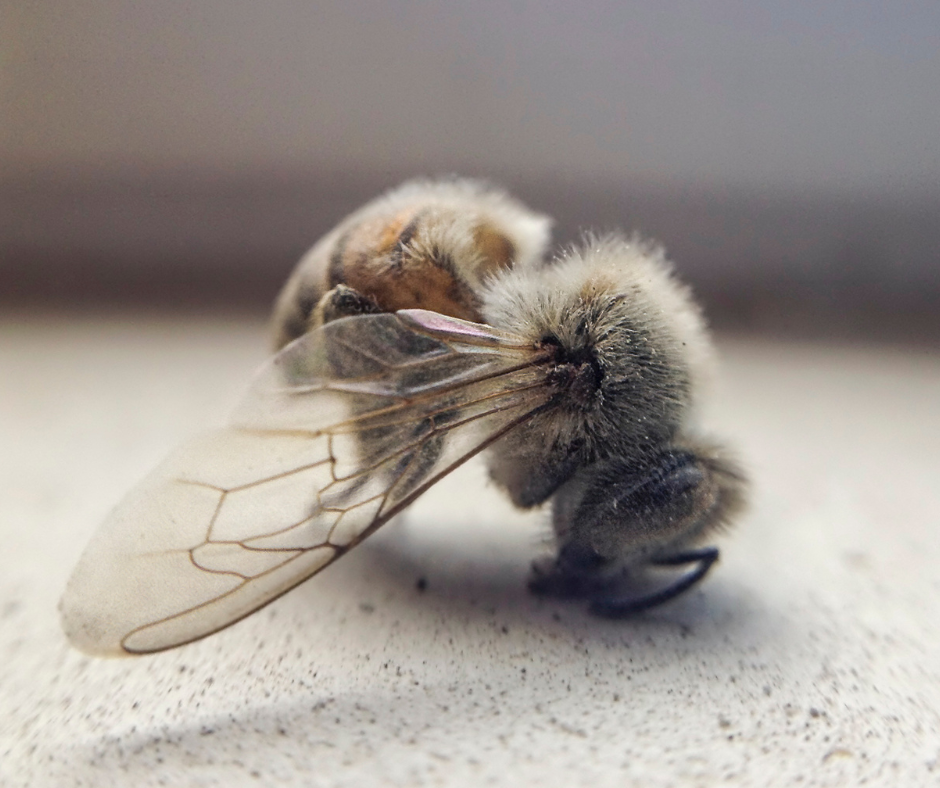Neonicotinoids, commonly referred to as neonics, are a class of neuro-active insecticides that have become pervasive in modern agriculture. Chemically similar to nicotine, these insecticides have become the most widely used pesticide in the world for their effectiveness in controlling a variety of pests such as aphids, whiteflies, and other sap-feeding insects. However, while their use has revolutionized pest management, it has also sparked significant environmental and health concerns.
Definition and usage
Neonics were first introduced in the late 1990s, quickly becoming a go-to solution for farmers facing persistent pest problems. These insecticides are primarily applied as seed treatments, foliar sprays, and soil applications. When used as a seed treatment, neonics coat the seed and are absorbed into the growing plant, becoming an integral part of the plant’s tissue. As pests consume the plant, they ingest the neonics, which overstimulate their nervous systems. This leads to continuous nerve firing, ultimately resulting in the pest’s death.
Initially, neonics were celebrated for their broad-spectrum activity, systemic properties—requiring only one application per season—and perceived low toxicity to mammals. Moreover, they were cost-effective, often added to seeds at little or no additional expense to the farmer, making them an attractive option for large-scale agriculture.

Extent of use
By the early 2000s, neonics had gained substantial traction in the agricultural industry. In 2000, approximately 30% of field corn in the United States was treated with neonics. This figure skyrocketed to 80% by 2011, and by 2014, nearly all corn seed was treated with these chemicals. A similar trend was observed in soybean production, with little use in 2000 growing to over half of soybean seeds treated by 2014. This widespread adoption has made it nearly impossible for farmers to avoid planting neonic-treated seeds, particularly in the case of conventional corn and soybeans—the two most widely grown crops in the U.S.
In Wisconsin alone, more than 500 products containing neonicotinoids are currently registered for use. However, tracking neonics use data has become increasingly difficult. The U.S. government annually collects data on pesticide use, including neonics, but in 2015, pesticide manufacturers successfully lobbied for the Treated Article Clause of the Federal Insecticide, Fungicide, and Rodenticide Act (FIFRA) to be applied to neonics used as seed treatments. This regulatory loophole exempts companies from reporting the amount of neonics used, sold, or distributed as seed treatments, significantly hampering efforts to monitor their use and resulting impacts.
Environmental and health implications
The widespread and persistent use of neonics has raised alarms among environmental scientists, entomologists, and public health specialists. One of the most pressing concerns is the impact on non-target species, including beneficial insects like bees and other pollinators. Neonics do not discriminate between harmful pests and essential species like bees, which are crucial for crop pollination. This has contributed to the alarming decline in insect populations, particularly in regions where neonics are heavily used, such as the Corn Belt and Upper Midwest.

Additionally, neonics have been detected in water bodies across the country. These chemicals are highly soluble and can easily move from their initial application sites through surface runoff and leaching, particularly in sandy soils. In Wisconsin neonics have been found in over 5% of drinking water wells in agricultural areas and 69% of sampled irrigation wells. This offsite movement has serious implications for aquatic ecosystems, where neonics can harm species like mayflies, which are a critical food source for fish populations.
Moreover, recent research has questioned the efficacy of neonics. For example, a 2021 study by Cornell University found that neonic use showed no corn yield benefit 83% of the time across 15 states. This raises the question of whether the environmental and public health risks associated with neonics justified their widespread use.
What can be done?
Addressing the challenges posed by neonics requires a multi-faceted approach. Raising awareness among the public, stakeholders, and policymakers is crucial for driving change. Clean Wisconsin is partnering with Trout Unlimited and the River Alliance of Wisconsin to host the first Wisconsin Neonic Forum, scheduled for October 30 at the University of Wisconsin campus in Madison to foster dialogue and awareness on this issue.
Educating others about the unintended consequences of neonic use is vital for promoting more sustainable agricultural practices and policies that will protect both crop yields and the environment.

